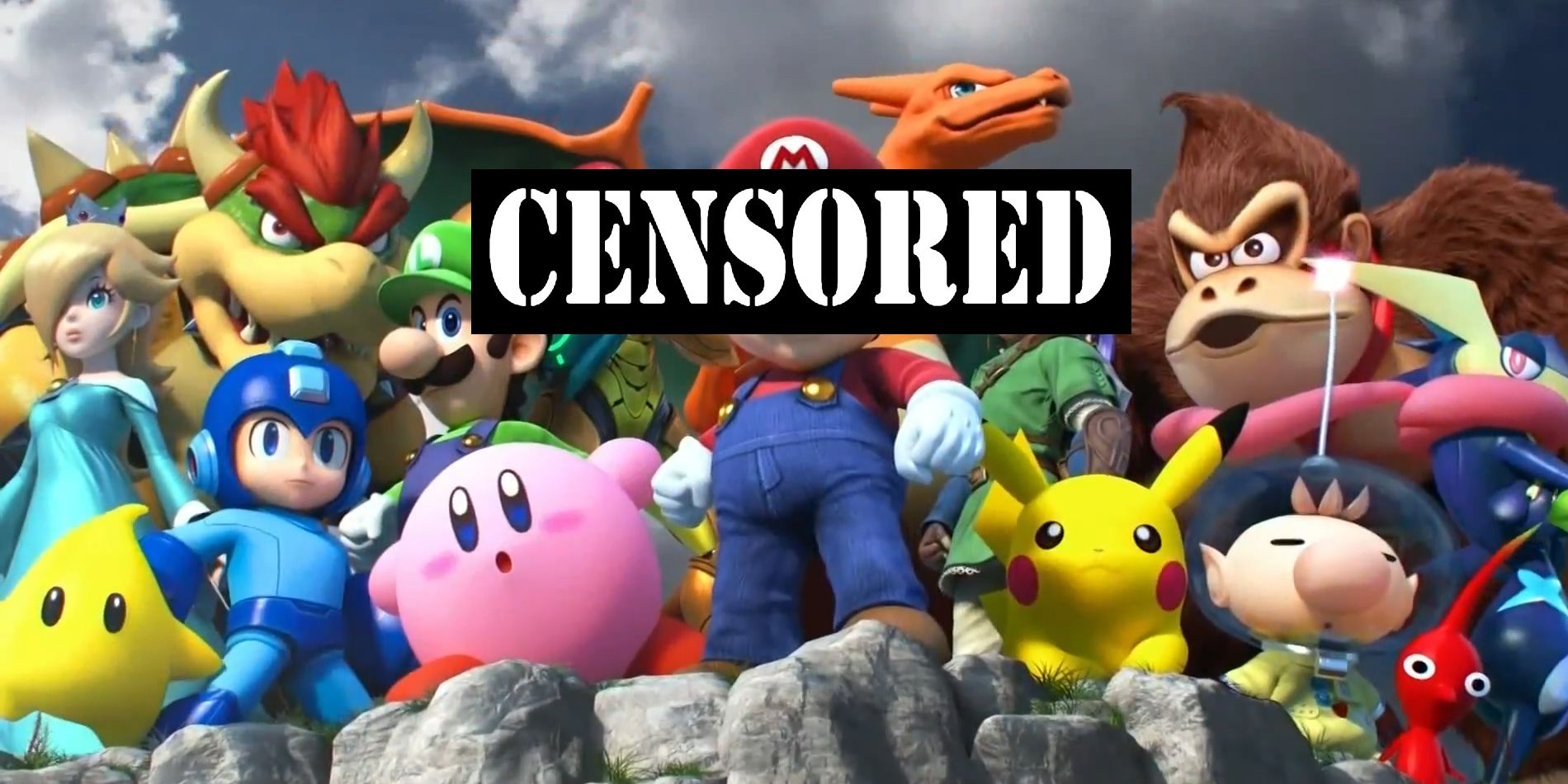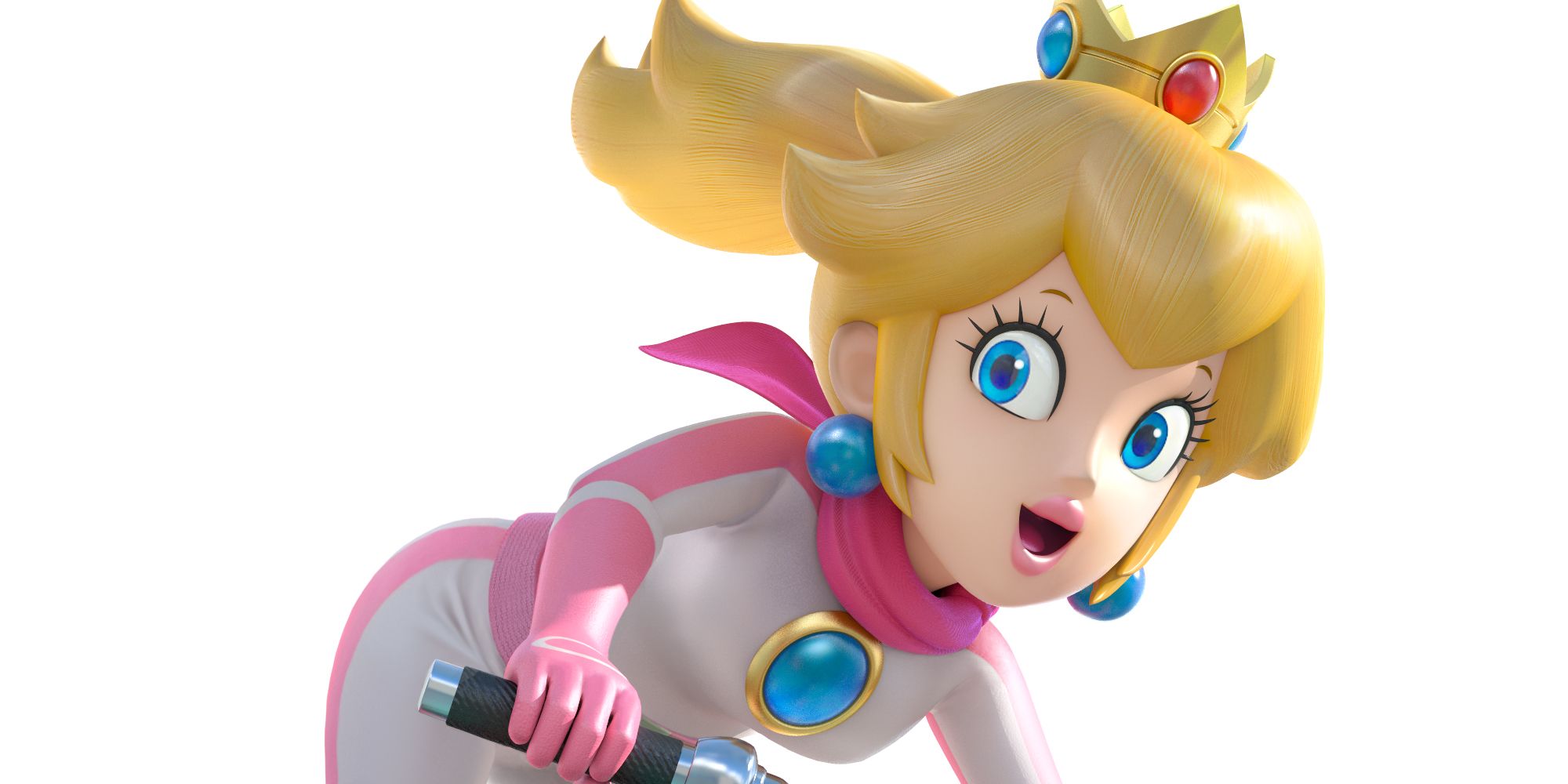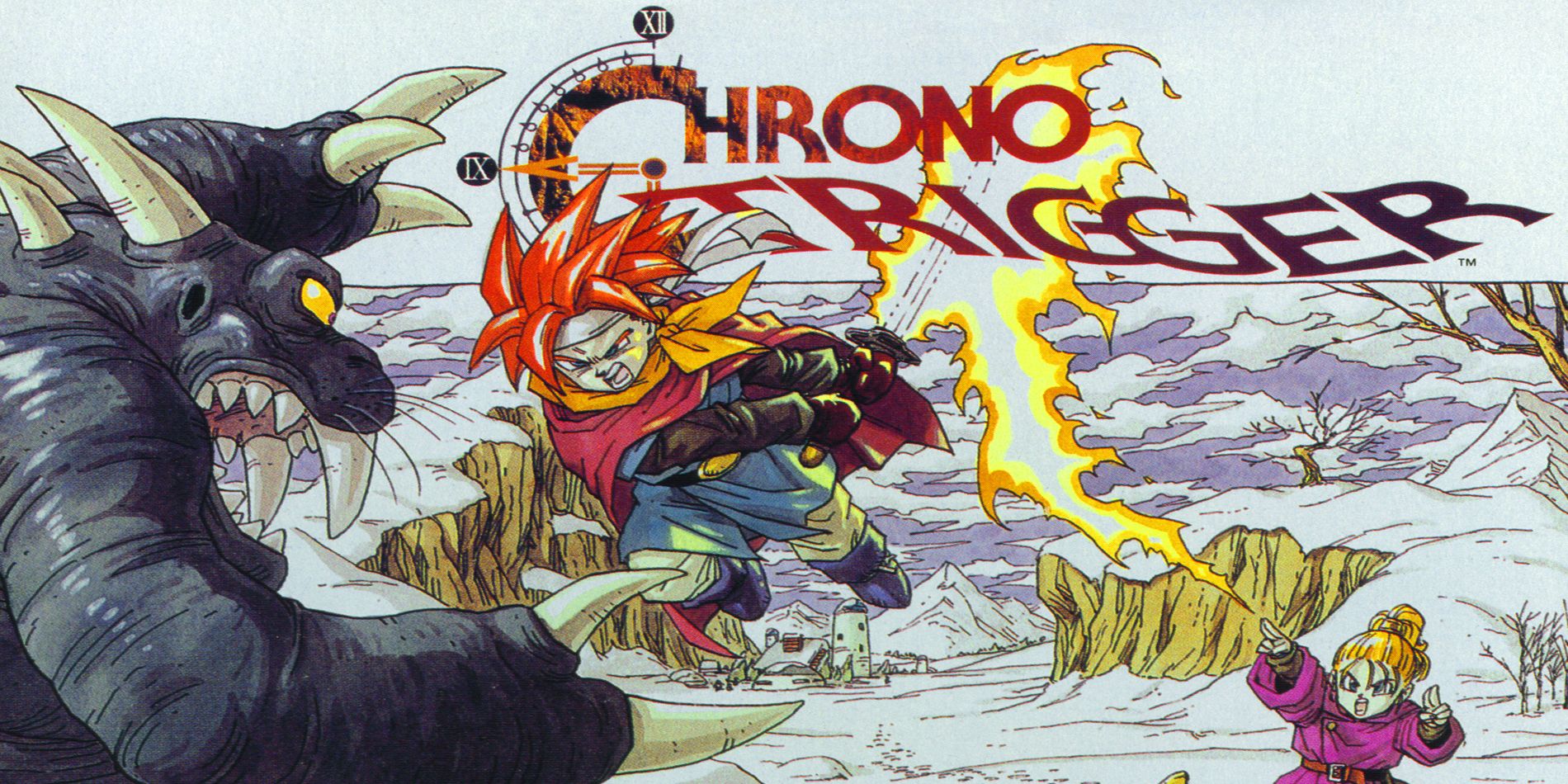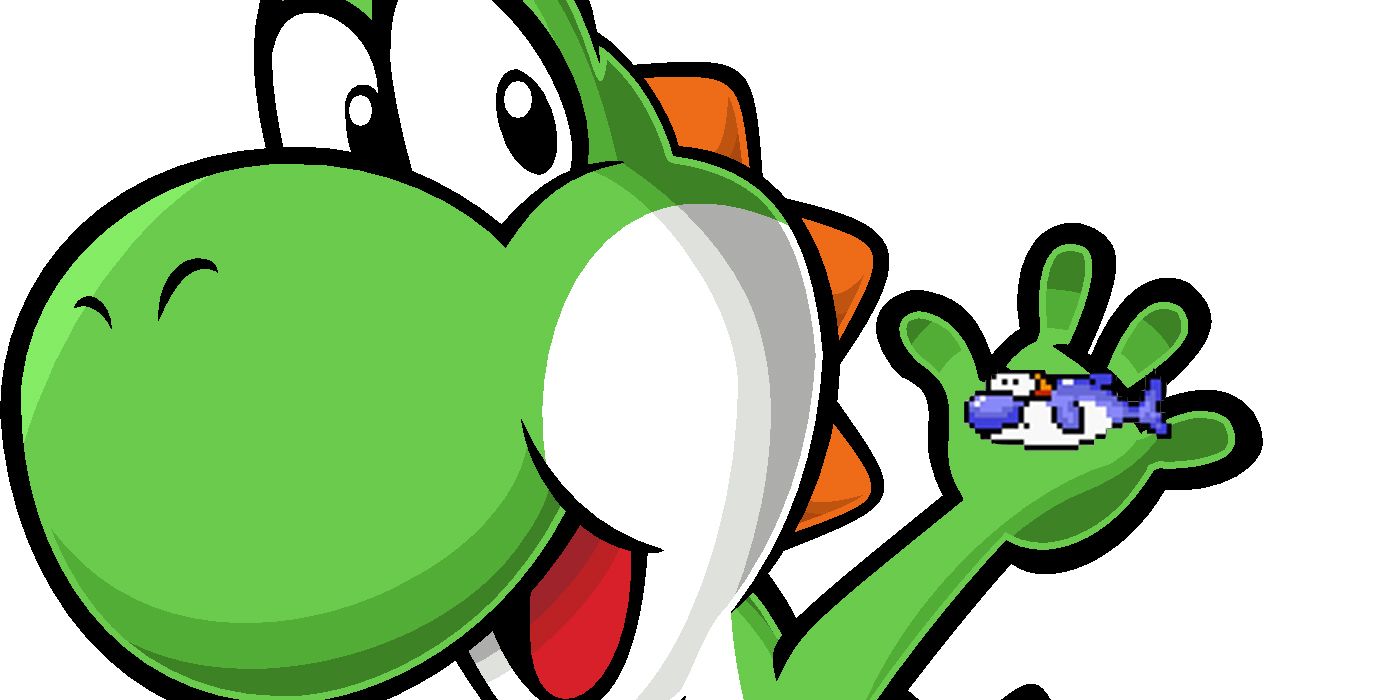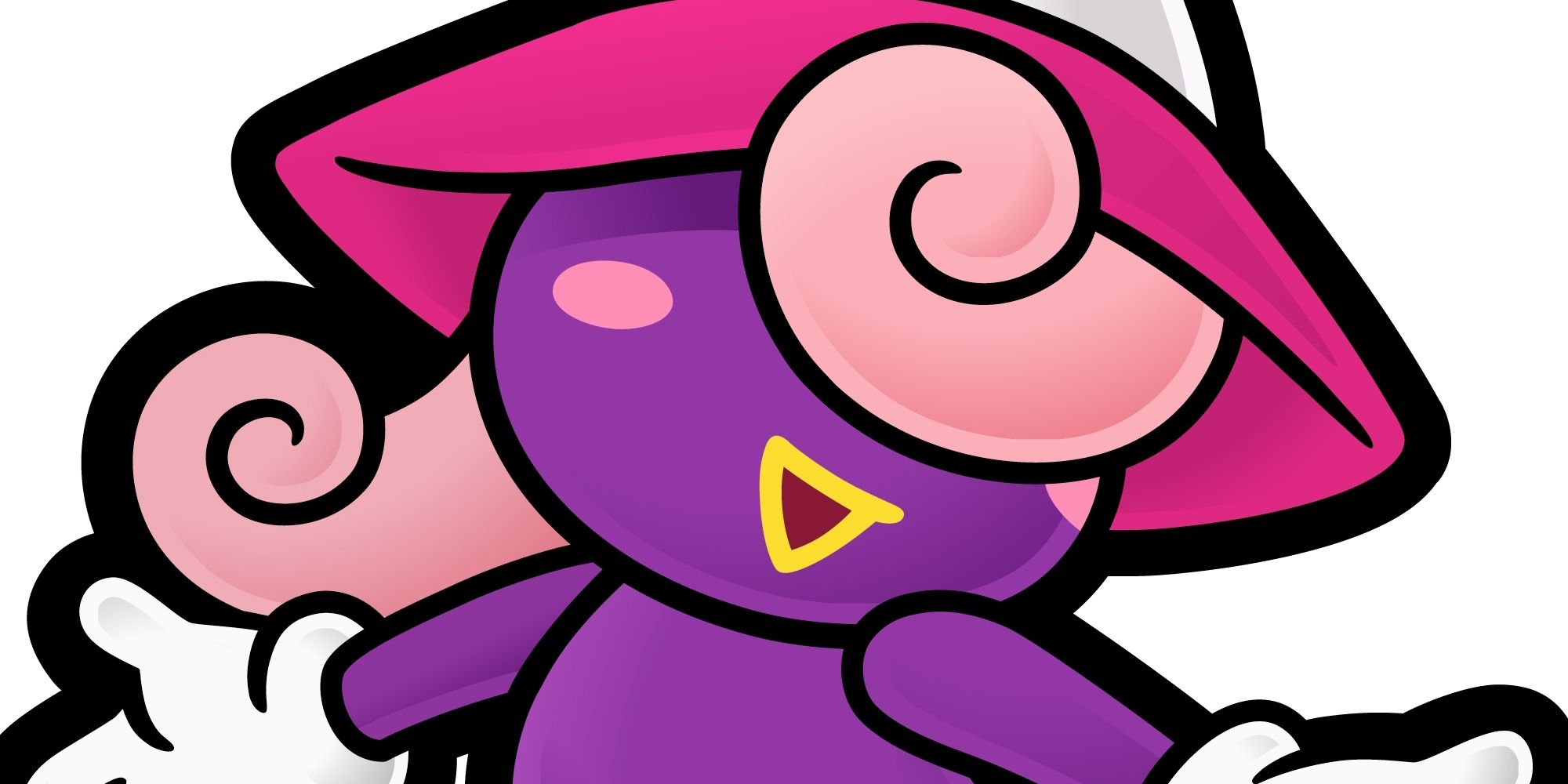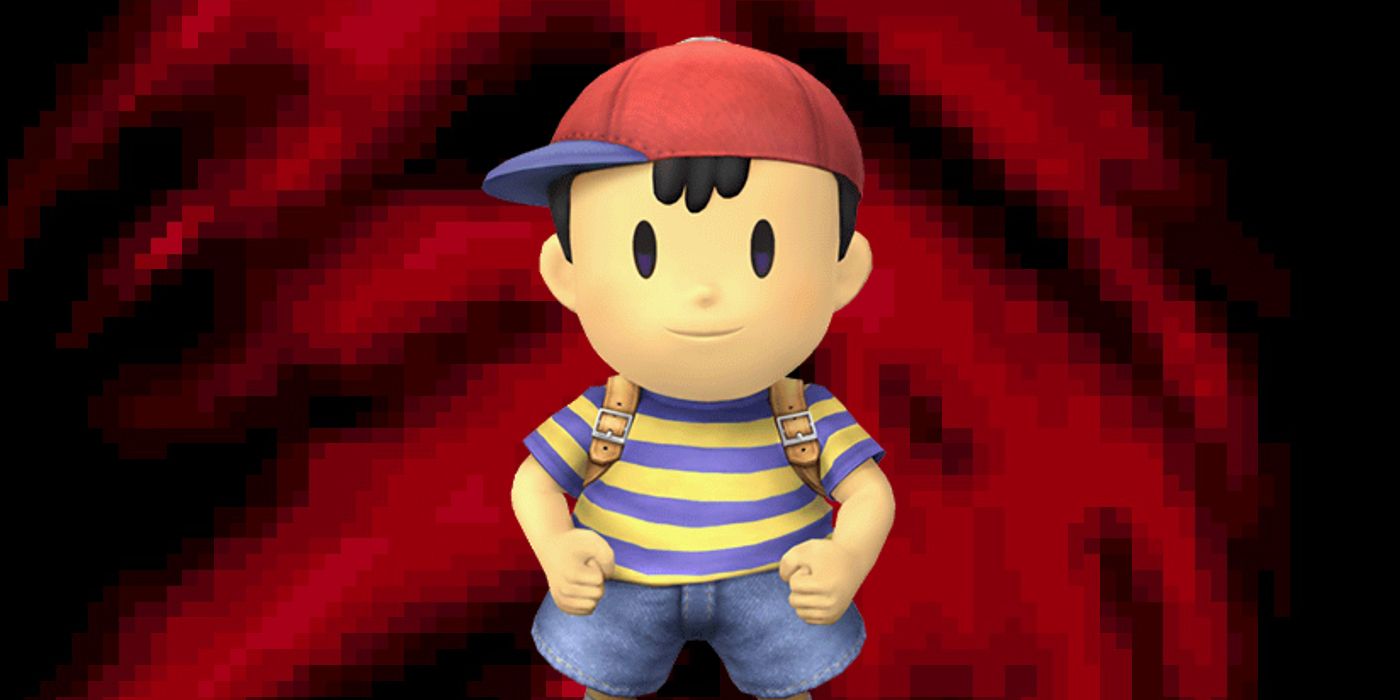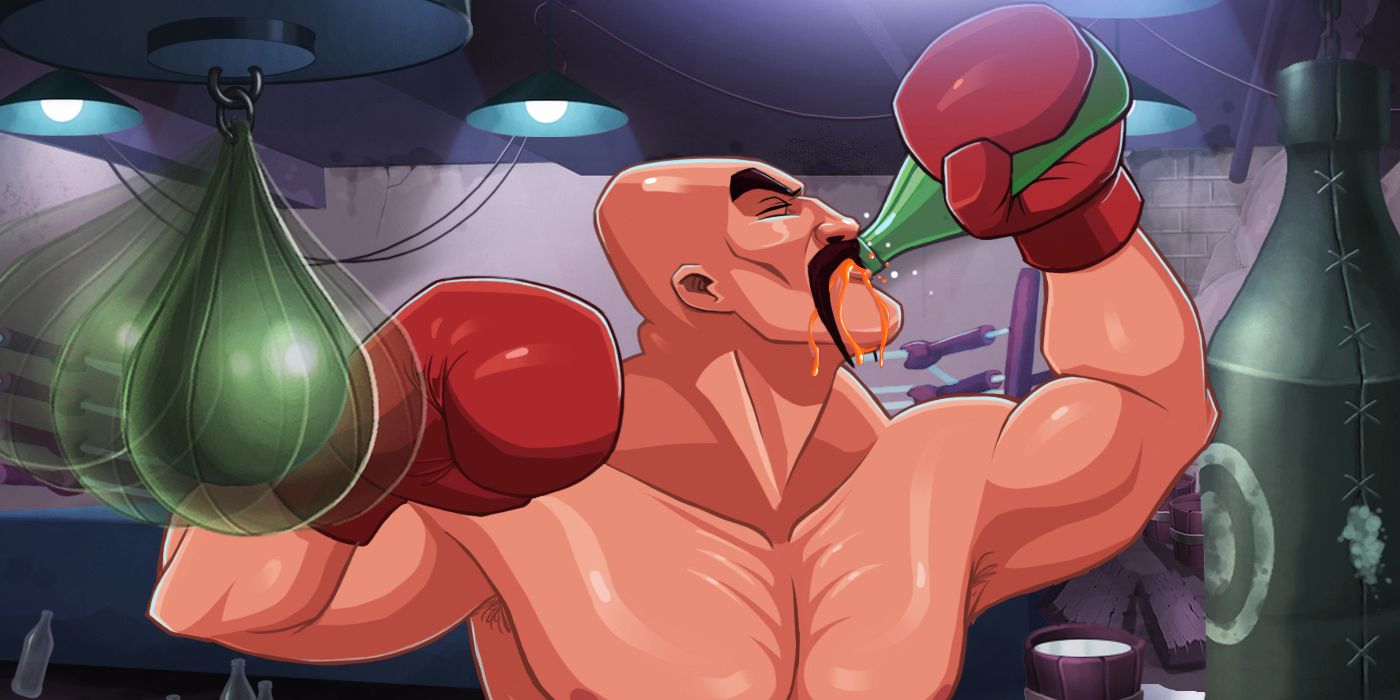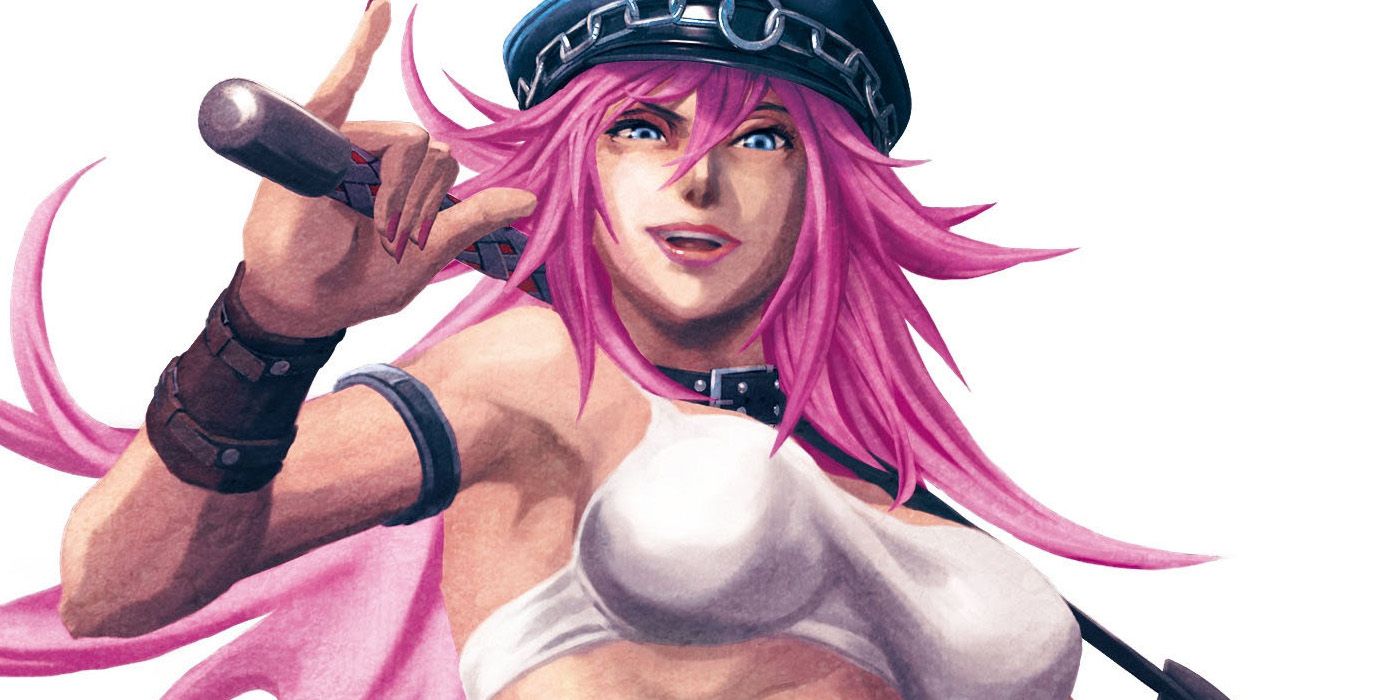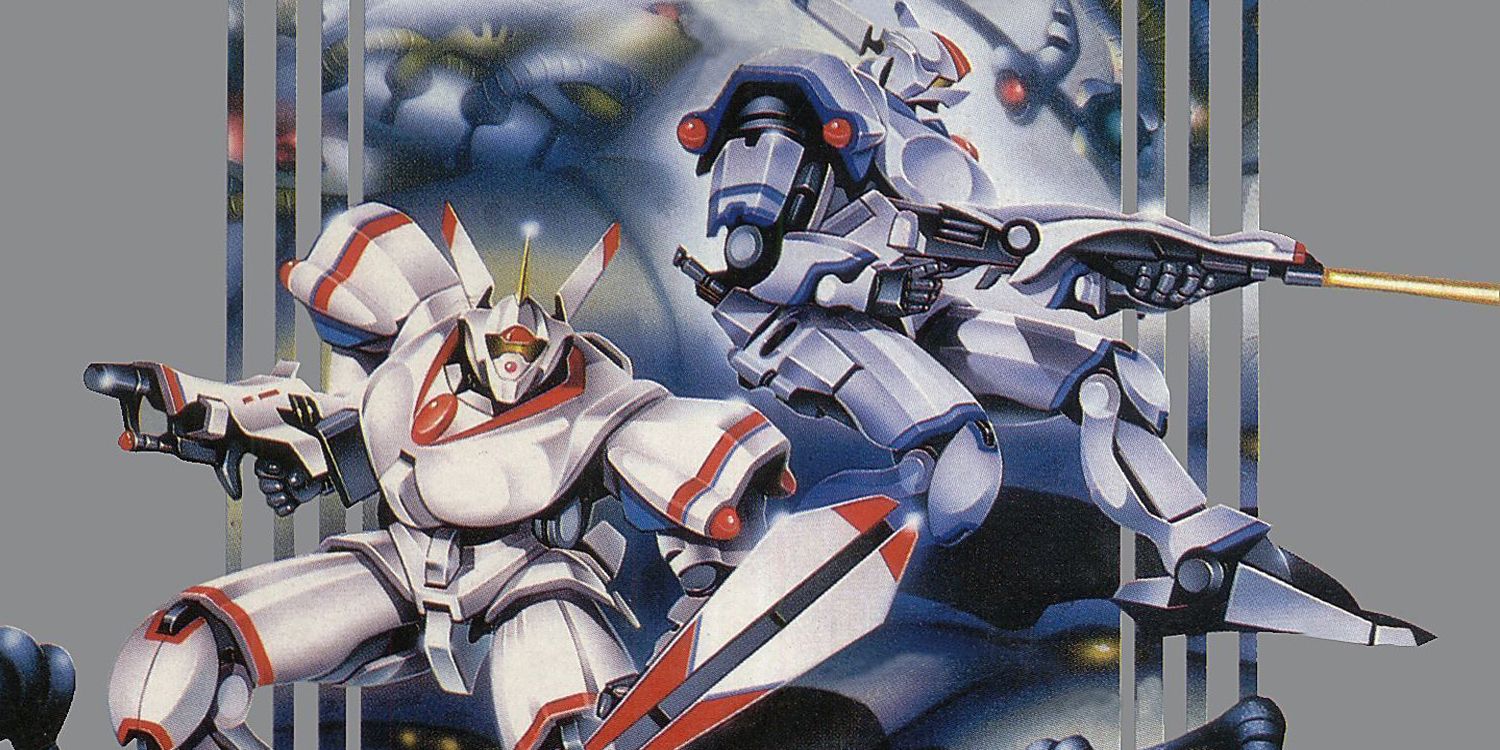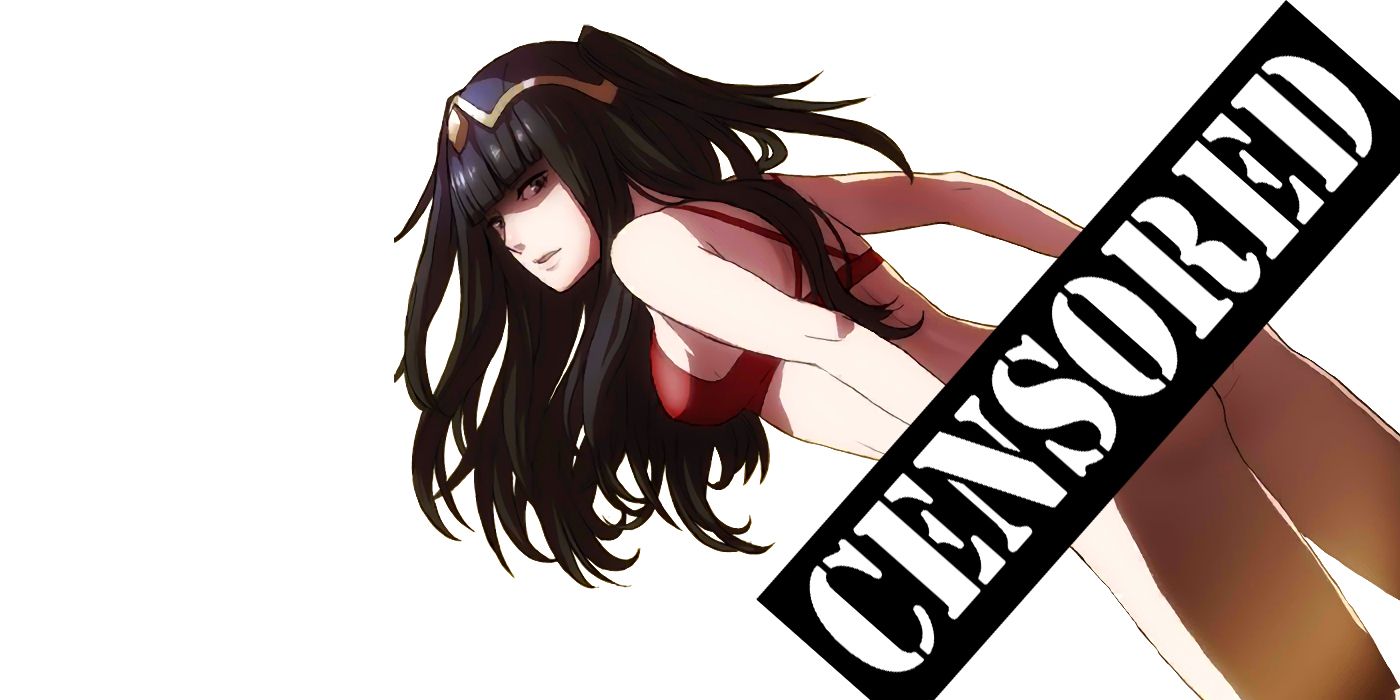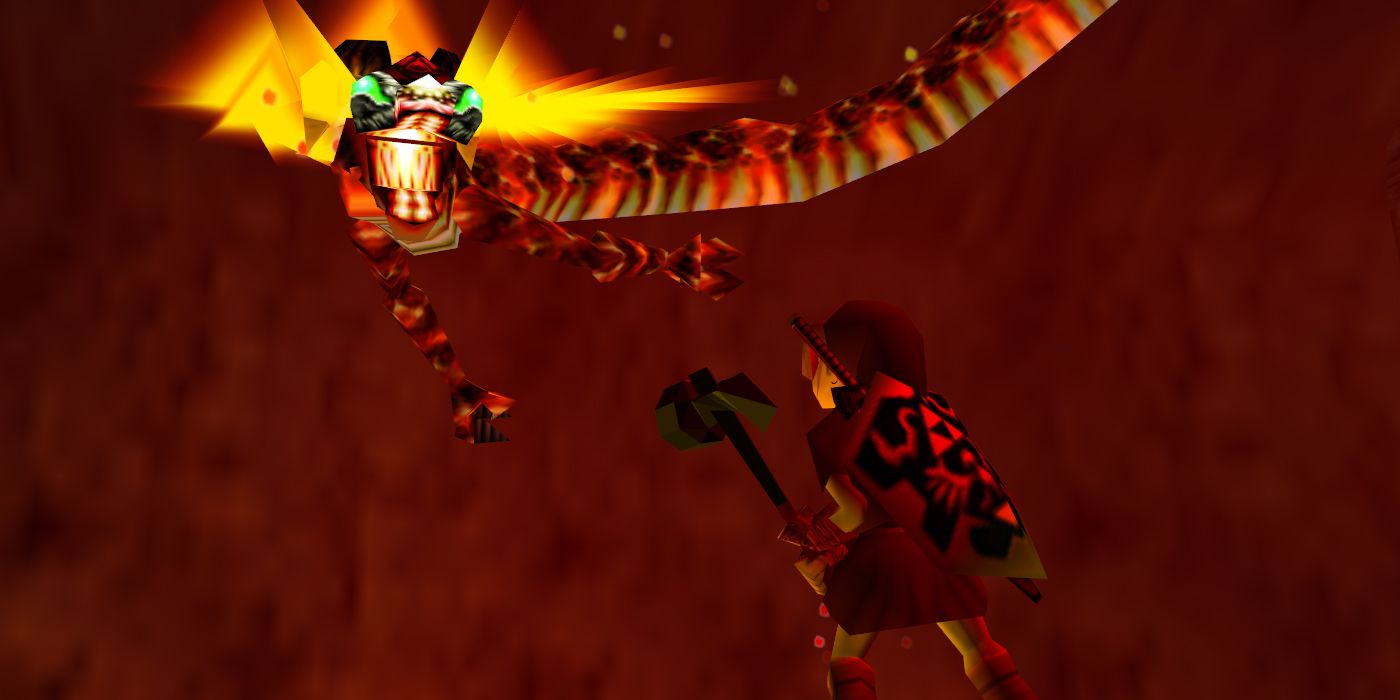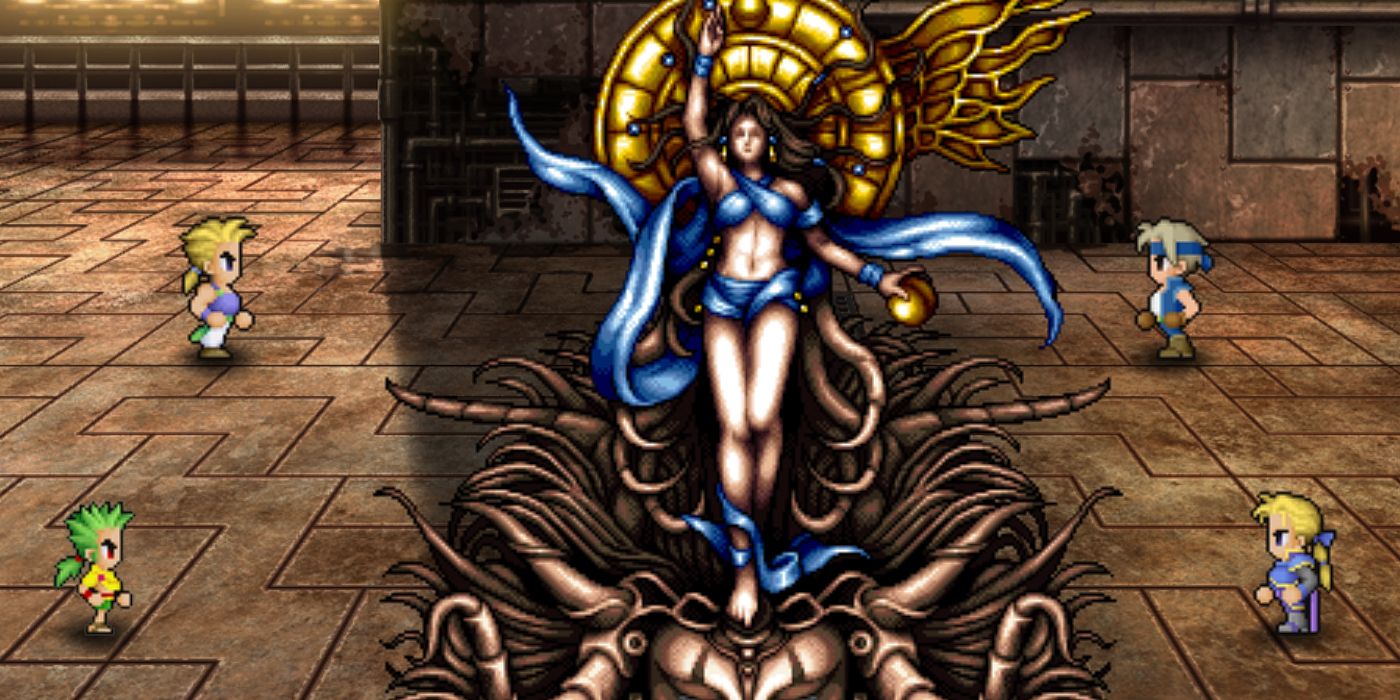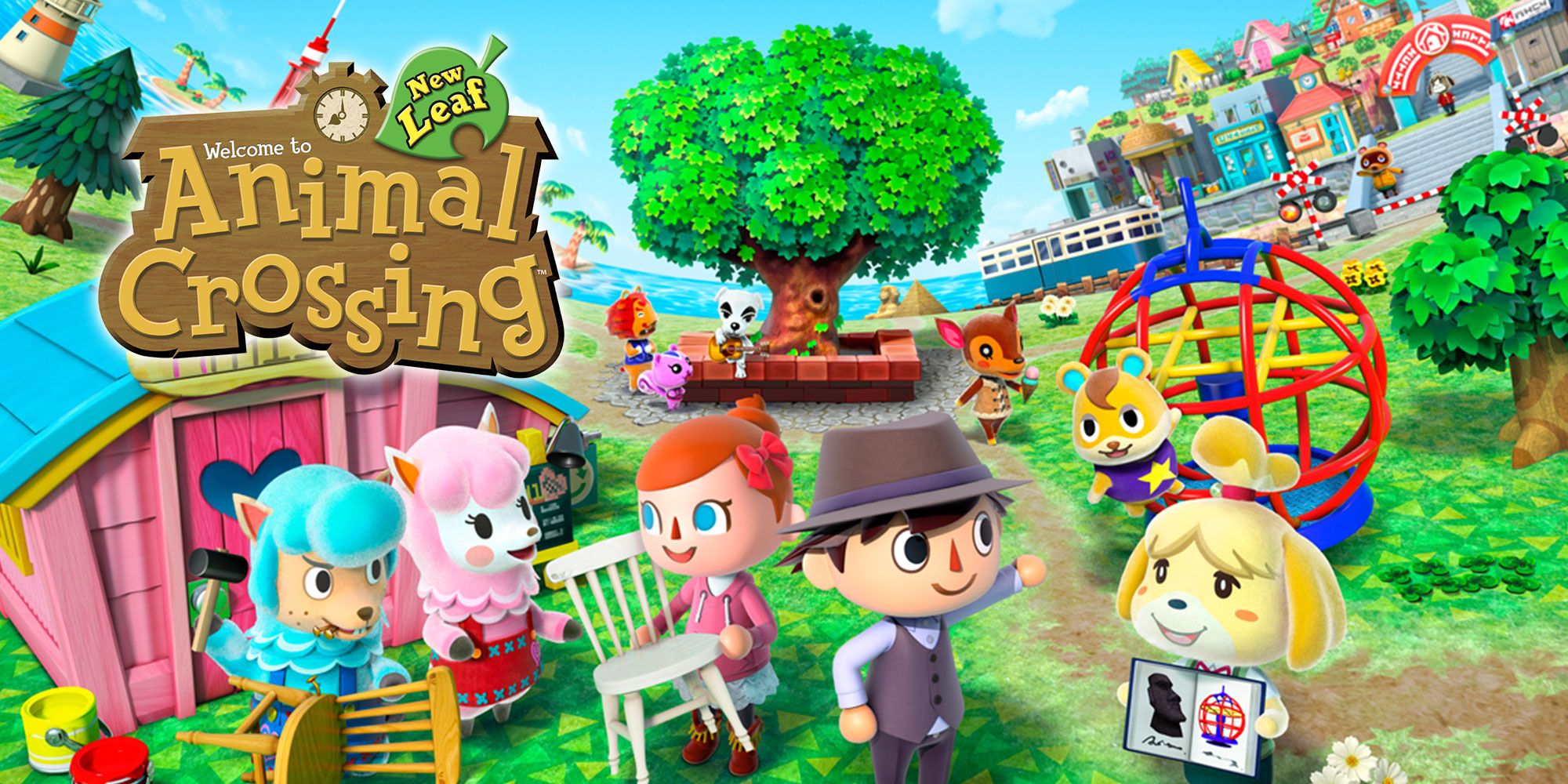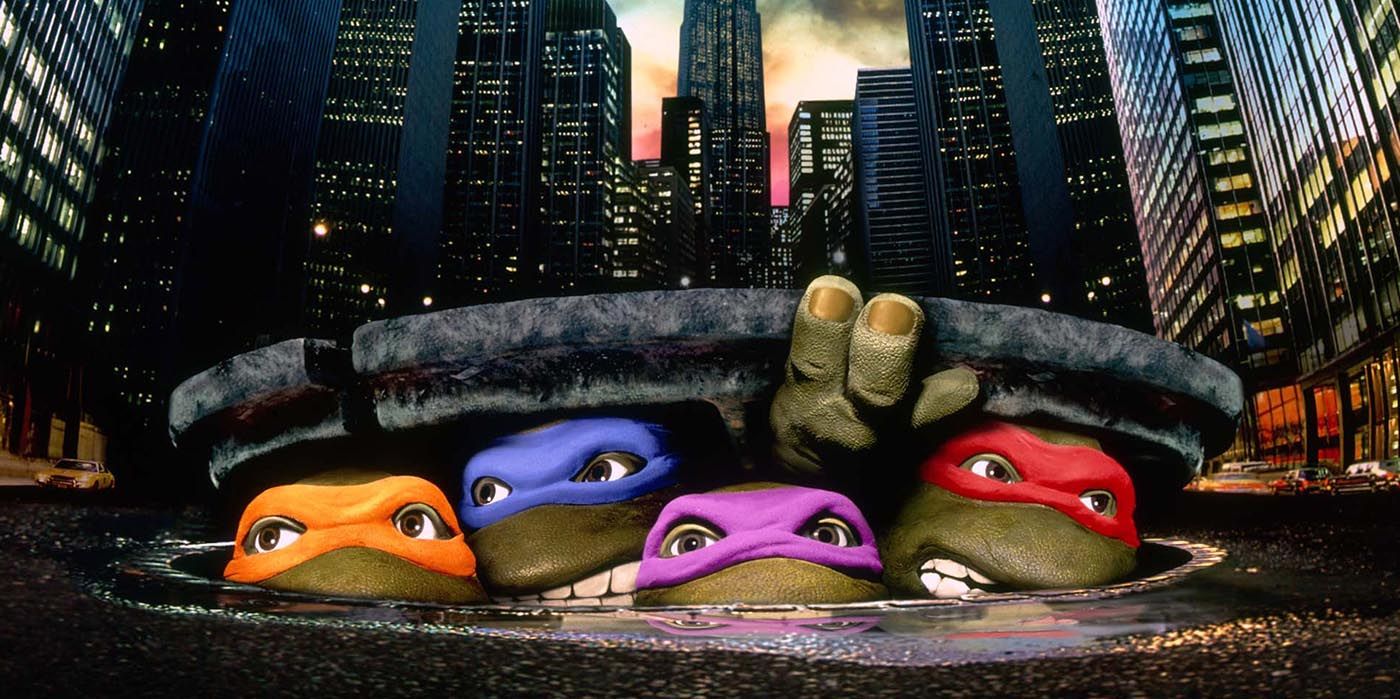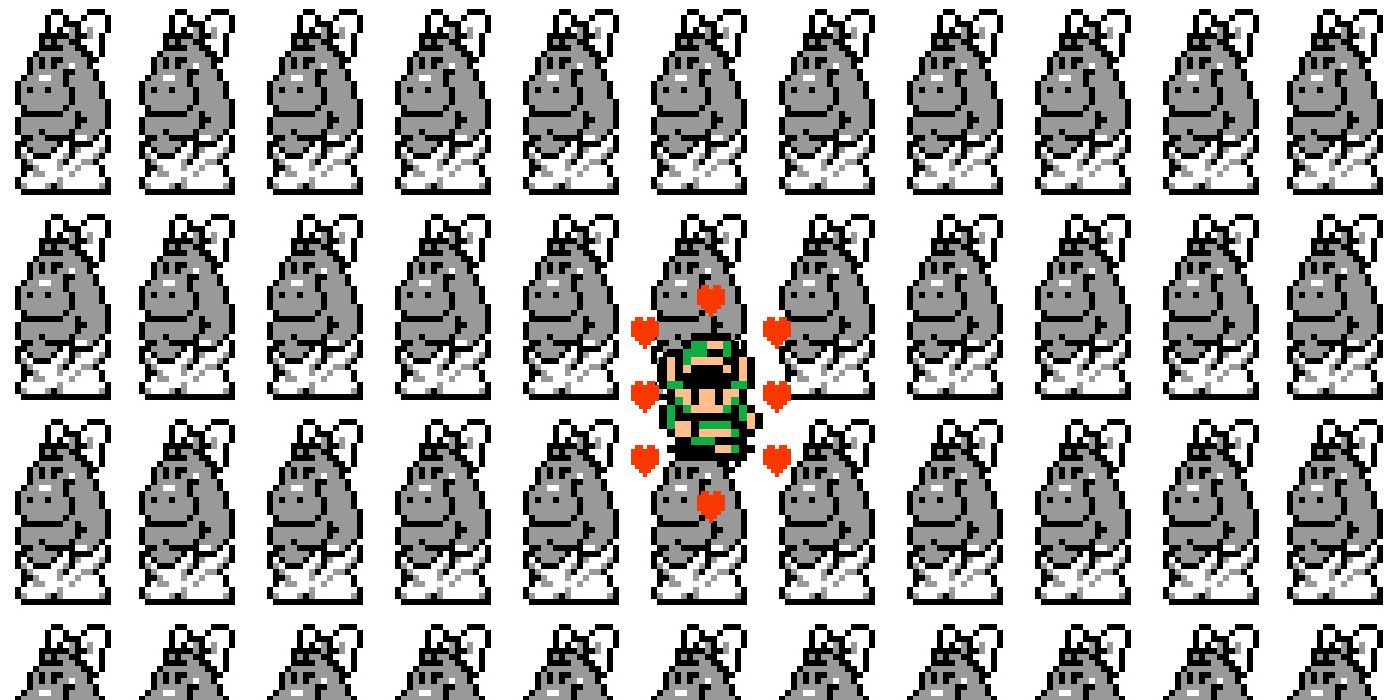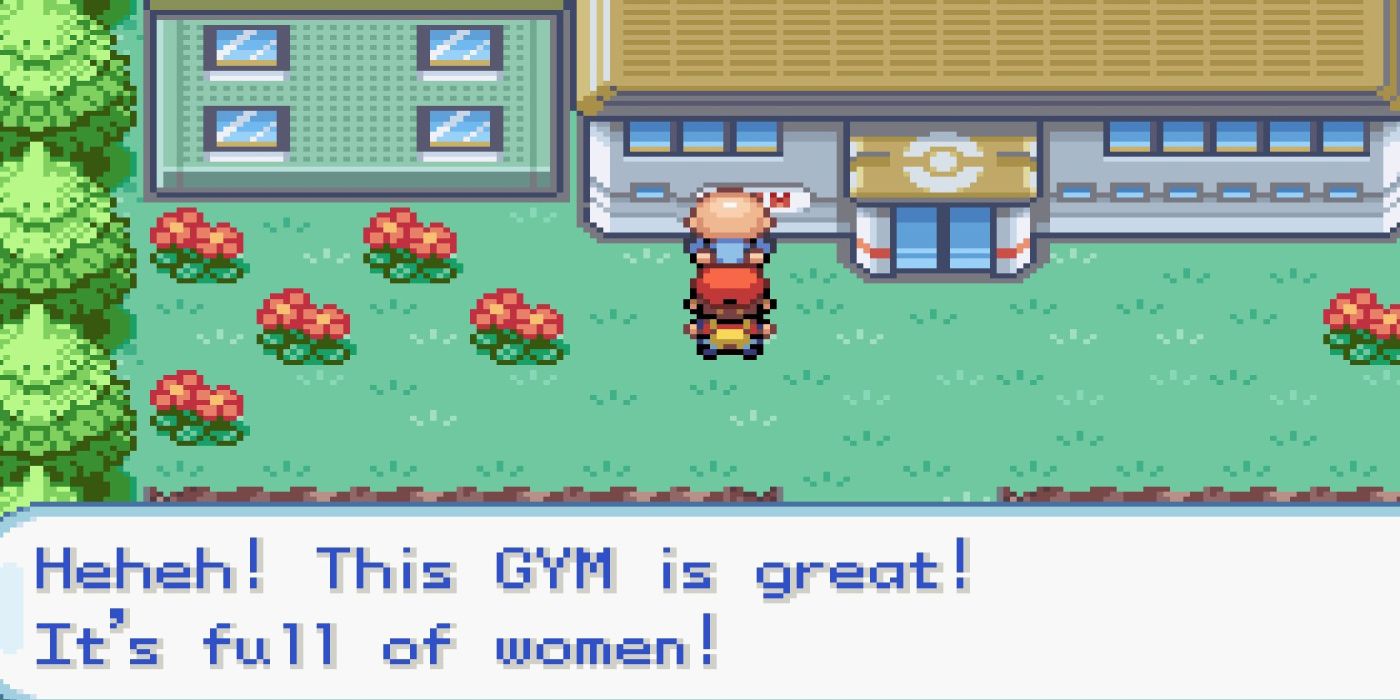Nintendo has earned a reputation for making family oriented games and products. This comes from a long history of focusing on games that can be enjoyed by anyone. In the 16-bit era of gaming, Nintendo became known for their harsh censorship practices. This was partly a reaction to the controversy surrounding the violence in Mortal Kombat (for which Sega took most of the rap). Nintendo would take the knife to any game that might have elements that could offend someone. This is one of the reasons that so many developers abandoned Nintendo for Sony during the 32-bit era, which forced them to rethink their policies and start releasing games with more adult content.
We are here today to look at the great games that had to be edited in order to meet Nintendo's high standards of content control. From the alcoholic royalty of Mario Kart to the creeps that hang around in the world of Pokémon.
Here are 15 Classic Nintendo Games That Were Censored!
15. Mario Kart - The Drunk Princess
What could possibly require censoring in a Mario Kart game? This might be Nintendo's definitive party game series (even more so than Mario Party), which involves mascot characters racing around cartoonish tracks. So what could they have included which needed changing? Did the Swastika shaped dungeon from the original Legend of Zelda make its way into the series as a DLC track? Was Bayonetta considered to show up in Mario Kart 8 Deluxe?
The original Mario Kart needed two of its endings edited for the international release. In Bowser's ending, he is shown chugging an entire bottle of champagne. The international versions of the game just show him trying to open the bottle instead. What is worse is the original version of Princess Peach's ending, as she is shown drinking the champagne and getting red-cheeked. Yes, there is a Mario game where the Princess is shown becoming tipsy after winning a kart race. The international version just shows her tossing the bottle up in the air.
14. Chrono Trigger - Booze & Soup
The English translation for the Super Nintendo version of Chrono Trigger is quite polarizing among fans. While some love the character additions, like Frog's ye olde English accent, there are others who feel that the script does not properly represent the original story, which has caused many fans to create their own retranslation patches for the game.
One of the major changes forced on Chrono Trigger was the censorship of alcohol. The alcoholic beverages that show up in the game are changed to things like soda and soup. The most egregious examples of this censorship include the character of Toma, whom the player needs to contact after his death. To do this, they need to pour Toma's favorite drink over his tombstone. This was originally intended to be a bottle of spirits, but they changed it to "Pop" instead. The other big example happens in the prehistoric era when you party with Ayla's tribe. Crono is supposed to engage Ayla in a drinking contest, which ends with everyone getting drunk and passing out. This was changed to a soup eating contest, with everyone falling asleep because of how stuffed they are.
13. Super Mario World - Dolphins For Dinner
The Mushroom Kingdom is a harsh place. Mario needs to use all of his skills to survive the unfriendly denizens and harsh environment of the strange land in which he lives. He has very few allies who are willing to help him on his journey, outside of his own brother.
In Super Mario World, Mario gained a new ally, in the form of Yoshi the dinosaur. Yoshi acts as a mount for Mario, who can also devour foes that come within his reach. It didn't take long for Yoshi to become a popular character, which led to him starring in his own series of games.
Mario also gained a different group of new allies in Super Mario World. In some of the levels, Mario could jump on the backs of dolphins, who leap out of the water in order to provide temporary platforms. It seems that Yoshi didn't approve of these creatures stealing the limelight away from him, as it was possible for Yoshi to eat the dolphins in the Japanese version of Super Mario World. This was removed for the international versions of the game, due to the controversy over the mass killings of dolphins that happen in many countries across Asia.
12. Paper Mario - Transphobia
Nintendo may have been the first video game company to have ever included a transgender character in one of their games. The manual for Super Mario Bros. 2 states that Birdo (a recurring boss throughout the game) "thinks he is a girl." This comment on Birdo's gender identity was made without controversy and was never considered to be a big deal. Despite this, Nintendo seems to have retconned Birdo into having always been female. The later controversy over gender/sexuality options in Tomodachi Life indicates that Nintendo is not as progressive as everyone thought they were.
One of the antagonists in Paper Mario: The Thousand-Year Door is a Shadow, named Vivian. In the Japanese version of the game, she is a transgender female, who is referred to with masculine pronouns by her sisters, when they are trying to insult her. Vivian's gender identity was completely removed from the English language version of the game, in which she is always referred to as female. The insults used by Vivian's sisters were changed so that they referenced her appearance instead.
11. EarthBound - Naked Ness
In the first two games in the EarthBound series (also known as MOTHER in Japan), the player must visit a place called Magicant. This is a metaphysical location, that is created from a person's mind. In the original EarthBound Beginnings/MOTHER game, the realm of Magicant is created by Maria. The Magicant that is seen in EarthBound/MOTHER 2 is created by Ness, who is the main character of the game. It is here that Ness battles his own dark side, which is called Ness's Nightmare. Once this challenge is overcome, Ness receives a huge boost to his stats and has finally become strong enough to take on Giygas.
When Ness visits Magicant in EarthBound, he is seen wearing his pajamas, which he wore at the beginning of the game. In MOTHER, Ness is totally naked (save for his cap) when he travels around Magicant. We cannot see anything explicit (Ness is like Peter Griffin in that regard), but Nintendo of America felt that it was too much naked young boy for one of their games, so it was changed for the international release.
10. Punch-Out!! - Booze & Soda
Nintendo is best known for their line of home consoles and handheld systems. They have been known to dabble in arcade games over the years, such as with their Triforce system board, which was created in a co-venture with Namco and Sega. Nintendo was making arcade games before the NES saw the light of day, which gave them access to their own titles, which they could then port over. The Punch-Out!! series started in the arcades, which means that its cast of colorful characters actually predates some of Nintendo's biggest characters, like Link and Samus.
When Super Punch-Out!! was first released in the arcades, it featured a Russian boxer as an opponent. His name was Vodka Drunkenski and he drank alcohol between rounds. When Punch-Out!! was brought over to the Nintendo Entertainment System, his name was changed to Soda Popinski, in order to remove all references to alcohol. He has retained this name in all of his appearances since.
9. Final Fight - No Girls Allowed!
One of the most well-known transgender characters in gaming is Poison from the Final Fight/Street Fighter series. The reason for Poison's gender was not the result of any desire to appear progressive, but rather as a way of avoiding Nintendo's censorship.
Poison is one of the female gang members that is fought in the original arcade version of Final Fight. She was named after the heavy metal band of the same name. Poison was originally intended to be female but was changed into a pre-op transsexual in order to avoid issues with releasing the game in America. Nintendo wasn't satisfied with this explanation and Poison was replaced with a generic male enemy in the SNES version of Final Fight. Since the release of the game, the question of Poison's gender has been intentionally misleading on Capcom's part. Depending on the game, Poison is either female, a cross dresser, or has undergone gender reassignment surgery.
8. Contra - Robots In Disguise
The censorship board of Germany might be the strictest of any in the Western world. Games like Doom and Carmageddon were banned there for a long time, whilst other games had to undergo major changes in order to be released. Any game that glorifies war or depicts violence towards realistic humans is a huge problem for Germany.
In order to prepare for the Geman censorship board, the Contra series was heavily censored for its European release. Contra was renamed Probotector in Europe, in order to remove any links to the Iran-Contra affair. All of the playable characters and human opponents were changed into robots so that no people were shown to be killed. The Probotector protagonists would later appear as unlockable characters in Contra 4 for the Nintendo DS. There was also Probotector enemies in the game, known as Proboterrors, which had been corrupted by the enemy and sent to war against humanity.
7. Fire Emblem - Tharja's Towel
Nintendo of America is no longer as strict as it used to be on matters of censorship. That being said, they still occasionally pull a boneheaded move that makes them look silly and overbearing. This brings us to Fire Emblem Awakening, which was released on the Nintendo 3DS in 2013. Awakening was highly acclaimed and is credited with helping to make the series popular outside of Japan.
One of the DLC maps released for Fire Emblem Awakening was called "Summer Scramble". This featured a level that took place on the beach. It was possible to see some of the characters from the game in their beachwear during this DLC. One of these includes walking in on Tharja, as she is changing into her bikini. The image of Tharja changing shows nothing explicit, with her beach outfit being about as revealing as her regular clothes. Despite this, Nintendo of America clumsily edited a towel over Tharja's backside during this sequence. What makes this censorship even more peculiar is that it was left unedited in the European version of the game.
6. The Legend Of Zelda: Ocarina Of Time - The Controversial Temple
The Legend of Zelda series has mostly managed to avoid censorship and controversy. You aren't likely to see much violence or nudity in a Zelda game, nor any explicit language, as Link would have to learn how to talk first. There is one major exception to this, however, and it comes in the form of religious iconography.
Ever since the first game in the series, The Legend of Zelda titles has often been forced to change names and symbols, in order to tone down religious references. This has even extended to the names of the games, as A Link to the Past was originally called Triforce of the Gods.
The Legend of Zelda: Ocarina of Time received a few updated versions during its initial release. One of the biggest changes in the later revisions includes changing the music of the Fire Temple, as it contained samples from Islamic prayers. The Gerudo symbol was also changed, at it bore a striking resemblance to the crescent moon of Islam.
5. Final Fantasy VI - Cover Up The Enemies
The two Super Nintendo Final Fantasy games that made it out of Japan were heavily censored for their international release. Final Fantasy IV (also known as II) had most of its abilities stripped out of the game and its enemies made easier, in order to make the game simpler. Final Fantasy VI (also known as III) had many of its character sprites changed, in order to make them less revealing.
Final Fantasy VI featured several enemies and Espers that resembled scantily clad women. These include the Siren, Alluring Rider, Starlet, Goddess, and Chadarnook. The final boss battle against Kefka was also censored, in order to add more clothes to the figures on the tower of gods.
Nintendo's heavy-handed censorship policies were one of the reasons that Squaresoft decided to jump ship to Sony for their next generation of games. This is why Final Fantasy VII was released on the PlayStation, instead of the Nintendo 64.
4. Animal Crossing - Dude Sounds Like A Lady
Yes, even Animal Crossing was censored for its Western release. The happiest, most carefree game series in the world had content that was feared to be objectionable, so it had to be changed. So what could possibly need changing in Animal Crossing? Was Isabelle originally going to be a serial killer, who murders Blathers in a room full of duplicate fossils? Was Tom Nook running a prostitution ring in K.K. Sliders' nightclub?
In the Japanese Animal Crossing games, the characters of Gracie (the giraffe) and Sahara (the camel) are actually male, but they speak in an effeminate manner. They are referred to as Grace and Roland in Japan, with their gender being changed in every Animal Crossing game that has been released overseas. This was likely changed to avoid any controversy over stereotypical depictions of homosexual characters in games, despite the fact that the characters in Animal Crossing are usually presented in an asexual manner.
3. Teenage Mutant Ninja Turtles: Tournament Fighters - Aska's Assets
The popularity of the Teenage Mutant Ninja Turtles coincided with the console boom of the early '90s. As such, there were many TMNT games on Nintendo and Sega systems, as well as in the arcades. Konami held the exclusive rights for producing games based on the Turtles, which eventually led to the creation of a Street Fighter ripoff title, called Teenage Mutant Ninja Turtles: Tournament Fighters.
Tournament Fighters featured numerous characters from the series. A female character was created solely to appear in the game, due to the lack of canonical girls that could be used. She was a ninja, named Aska, who was based on Mitsu from the third Teenage Mutant Ninja Turtles movie.
Aska's design was different in the Japanese version of Tournament Fighters. Her outfit originally consisted of a thong, which showed off most of her backside. These were changed into shorts for the international release. Aska's victory pose also featured her breasts bouncing, which was also removed for the West.
2. The Legend Of Zelda: Link's Awakening - Hippo Boobs
The Legend of Zelda: Link's Awakening was the first handheld game in the series. Nintendo did an amazing job of squeezing the full Legend of Zelda experience into a Game Boy cartridge, despite the limitations of the hardware. Link's Awakening is also significant for the fact that it is the Zelda title with the most amount of sexual content that needed removing for the international release.
In Link's Awakening, Link has to retrieve a Mermaid's lost necklace. This was changed from the Japanese version of the game, where she originally lost her bikini top, which Link needs to find for her.
The Animal Village in Link's Awakening houses an artist, who is painting a female hippo. In the English language release of the game, the hippo has no obvious sexual characteristics. The Japanese version of the game took things further, with the hippo having a pair of breasts, which she covers whenever Link enters the room.
1. Pokémon - The Creeps
The Pokémon franchise has come under fire for its depiction of violence towards animals, with organizations like PETA criticizing Nintendo for releasing games that glorify cockfighting. It might come as a surprise to learn that violence has rarely been censored in the Pokémon games, as the developers usually don't show the damage dealt to a Pokémon after it is hit. The most common aspect of the Pokémon games that is censored is usually related to sexual content.
Throughout the Pokémon series, the outfits of male and female trainers have been lengthened, in order to make them show less skin. Nidoqueen needed to have her entrance animation in Pokémon Stadium censored, as she originally jiggled her breasts around. One of the Juggler enemies had his dialogue changed between generations, as he originally said: "Dropped my balls" when he lost a battle.
In Pokémon Red & Blue, there was an old man who can be found standing next to the window of the Celadon City Gym. This is the Gym that belongs to Erika, which is staffed by female trainers. The old man originally said "Heheh! This Gym is great! It's full of women!". His dialogue was changed in Pokémon HeartGold & SoulSilver so that he now says that he likes the Gym because it is full of strong trainers.
---

